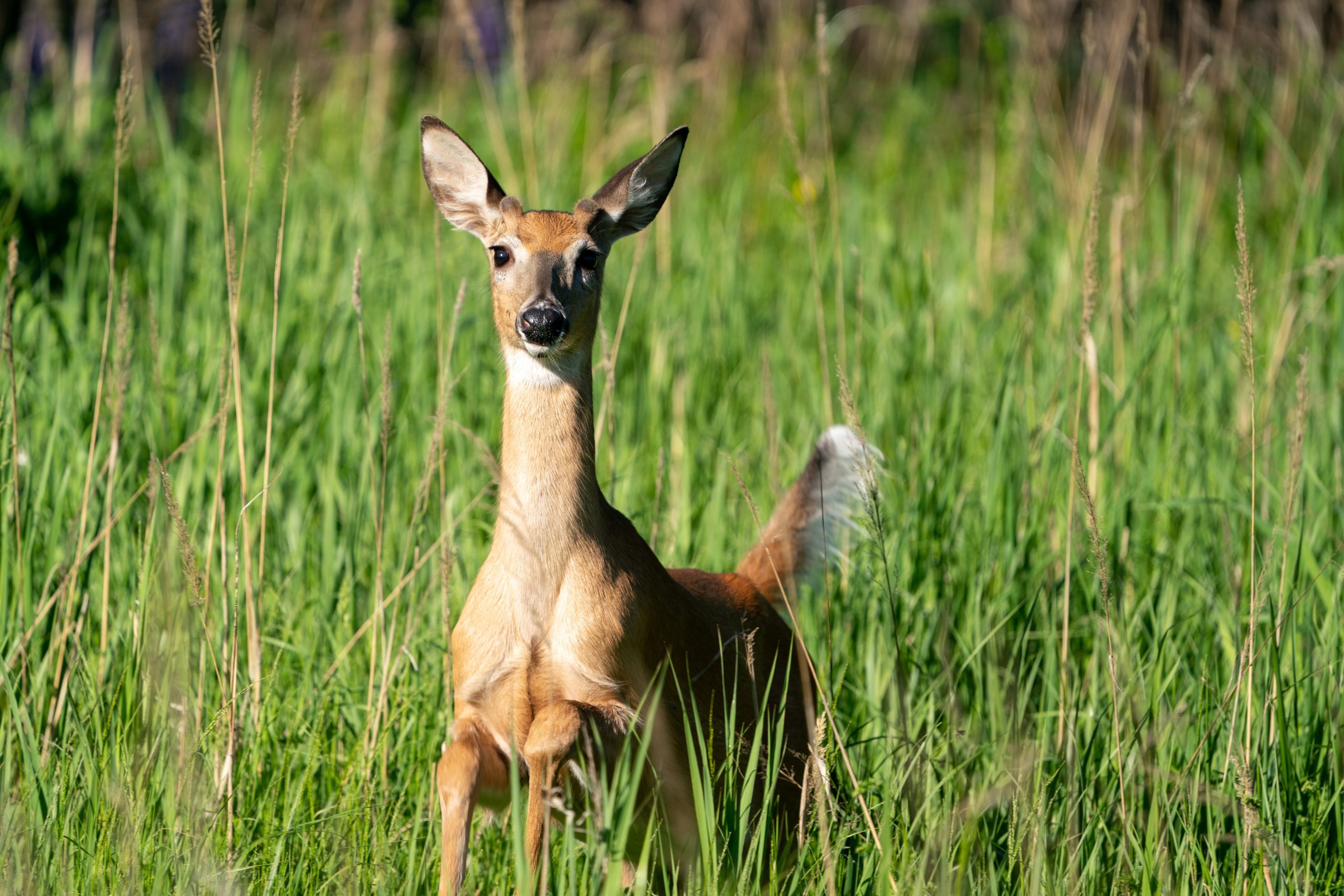Several papers recently released in pre-print have shared research results indicating that several wildlife species have been experimentally infected with SARS CoV 2, the virus implicated in the current coronavirus pandemic.
January 14, a paper was posted preprint, describing experimental infection of white tail deer (Odocoileus virginianus) fawns with SARS CoV2. Deer apparently share high similarity with the virus receptor site in humans. Subclinical viral infection was established in the fawns, subsequently virus could be detected in nasal secretions and feces. Very few clinical signs of disease were noted in infected deer. Of special interest, infected animals were able to transmit infection via indirect contact to other fawns.
We can’t know at this time what this means for potential risk to humans managing this species. However, we need to remain diligent wherever we can about the potential interaction between wildlife and collection species. Another preprint posted January 21, 2021 describes the susceptibility to peridomestic wildlife of Northern Colorado to SARS CoV2:
As additional studies are performed, it isn’t surprising that species will be identified that are capable of becoming infected with the virus, but how it impacts wildlife as a whole is a story yet to be written.
The great news: at this time, it does not seem that the virus has established itself in wildlife populations.
Note: The articles shared above are available pre-print and have not been peer reviewed at the time of this posting. Such articles should not be regarded as conclusive, guide clinical practice/health-related behavior, or be reported in news media as established information.

